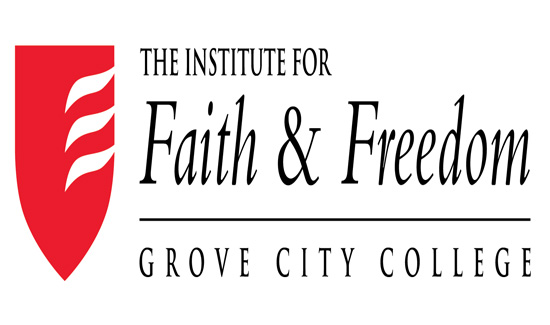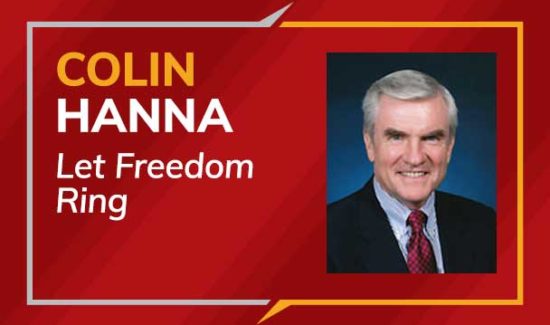How Times Have Changed
Shafer era was a different time in Pennsylvania
It is perhaps, a reflection of human nature that we focus on what it is we do not have and want, than on what we want and already have. Conservatives in particular fall prey to this type of thinking. We often look at the world and see how far short it falls of our ideal, but fail to reflect on just how far it is we have come.
The recent death of former Pennsylvania Governor Raymond P. Shafer caused me to reflect on this truism. It is hard to imagine today a Republican governor who would champion the institution of a major new category of statewide taxes (the income tax); in just one four-year term increase basic education funding by 71%, higher education funding by 47% and welfare by 187%; raise the sales tax by a full percent; raise a wide array of business taxes; support the decriminalization of marijuana; and then leave office with a $400 million budget deficit. Those are sugarplums that can only dance in Governor Ed Rendell’s head. Even a Democrat couldn’t get away with such a record these days, although the current governor seems to be trying hard.
Governor Shafer did all that and after leaving office went on to become a leading liberal light supporting Nelson Rockefeller in his historic battles against Richard M. Nixon. In so doing, Shafer was simply following in the tradition of liberal Pennsylvania Republican governors, coming into office on the heels of the more well-known William W. Scranton, II who vied against Barry Goldwater for the 1964 Presidential nomination.
I didn’t know much about Shafer’s administration prior to the retrospectives that have followed his death. At the time he was in office I was more concerned about playing with Matchbox cars and trading baseball cards than with state policy. Ignorance certainly was bliss. Any administration – Republican or Democrat – that proposed to do today what Shafer did during his sole term in office (he was the last of the one-term limited governors) – would have a snowball’s chance in a blast furnace of surviving.
A measure of how far we have come is that Governor Scranton’s son, William W. Scranton, III, received the support of most economic conservatives during his abortive bid for governor earlier this year. The younger Scranton ran on a reform platform, touting lower taxes and initiatives to free the private sector as much as possible from the yoke of government intrusion.
Scranton the third’s agenda is reflective of where policy and politics are in Pennsylvania today. Unlike the earlier Scranton-Shafer era, the drive is on to eliminate an entire class of taxes (the property tax) rather than institute new taxes (the income tax). Welfare has been reformed and costs cut, although enrollment has been resurgent under Governor Ed Rendell. Even Rendell is touting government reform initiatives, such as reducing the size of the legislature and instituting legislative term limits. It may just be political cover, but the climate among the electorate is such that he at least realizes the need for a reform fig leaf or two.
There is no doubt the public policy debate in Pennsylvania has titled substantially to the right. The death of Governor Shafer has provided a rare retrospective in the political and policy climate three decades ago and the opportunity to understand just how much the playing field has changed. We are, in many ways, like a team that has moved the ball 95 yards and is having trouble getting that last yard for a goal. We are focused on the frustration of getting the final yard, but fail to appreciate how far we have already moved the ball.
As we look forward to the final four years of the Rendell Administration, it is important to understand the historical context in which we operate. We still have hard fought policy battles ahead, and there is no doubt much needs to be done, but the fact is over the long run we are at least headed in the right direction.




